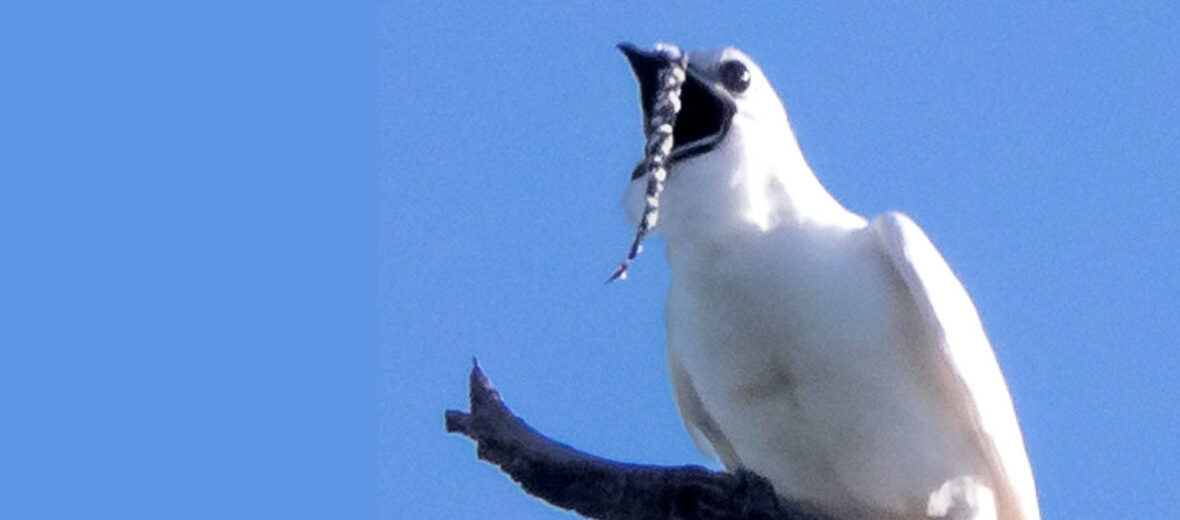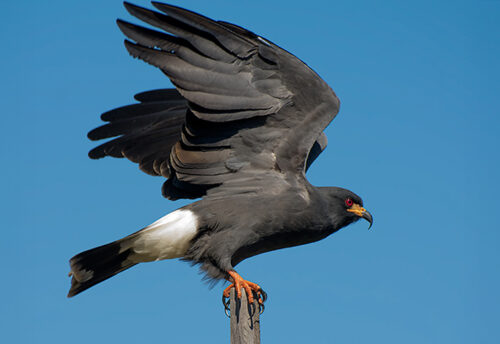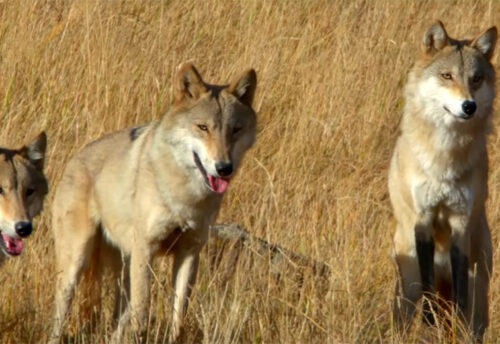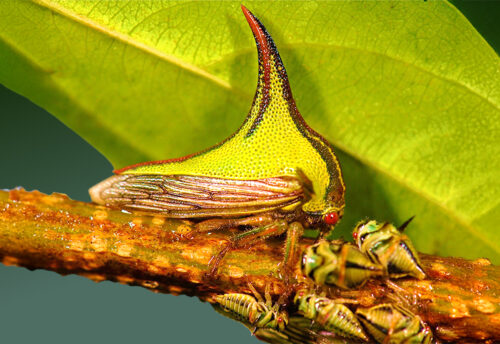
If you’ve ever wondered who wins the contest for the loudest bird in the world… it’s the bellbird. More specifically the white bellbird. But they all have the loudest calls of any bird species; even louder then the screaming piha. They prefer wet forests. Due to habitat destruction and collection for the exotic pet trade, these birds are listed as Least Concern to Vulnerable by the IUCN; based on the species. Their populations are also decreasing.
First the Stats…
Scientific name: Anthornis
Weight: Up to 8.8 ounces
Length: Up to 11 inches
Wingspan: Up to 15+ inches
Lifespan: Up to 8 years
Now on to the Facts!
1.) These birds are typically solitary but can be found in pairs during mating season.
2.) Bellbirds eat everything from invertebrates to seeds to fruit, based on the species.
3.) Cats, foxes, and humans hunt bellbirds across their ranges.
4.) There are are about 4 known species of bellbirds.
5.) The true bellbirds can be found in South America.
But wait, there’s more on the bellbird!
6.) Most species of bellbirds possess a fleshy wattle that hangs down from the male’s beak.
7.) Females lay just 1 egg and it takes up to 3 weeks for it to hatch.
Did you know…?
The call of a male bellbird has been measured at 125 dB and can be heard more than half a mile away!
8.) The birds’ larynx has a special organ attached to it called a syrinx that aids in producing such loud calls.
9.) The bellbirds from Australia and New Zealand are not the same species as the ones from South America. Hence why we use scientific names to classify animals.
10.) If an intruder pays an unwanted visit, the bellbird will push the visitor towards the end of the branch and then call loudly. So loud, in fact, that the intruder will literally be knocked off the branch from the sound!
Now a Short Bellbird Video!
Be sure to share & comment below! Also, check out the Critter Science YouTube channel. Videos added frequently!
Want to suggest a critter for me to write about? Let me know here.



